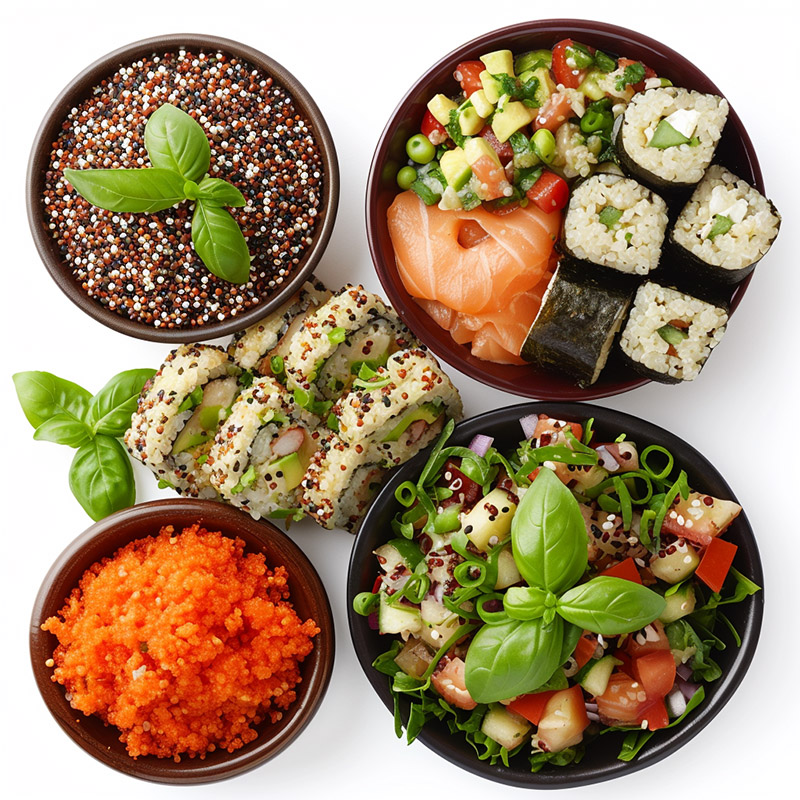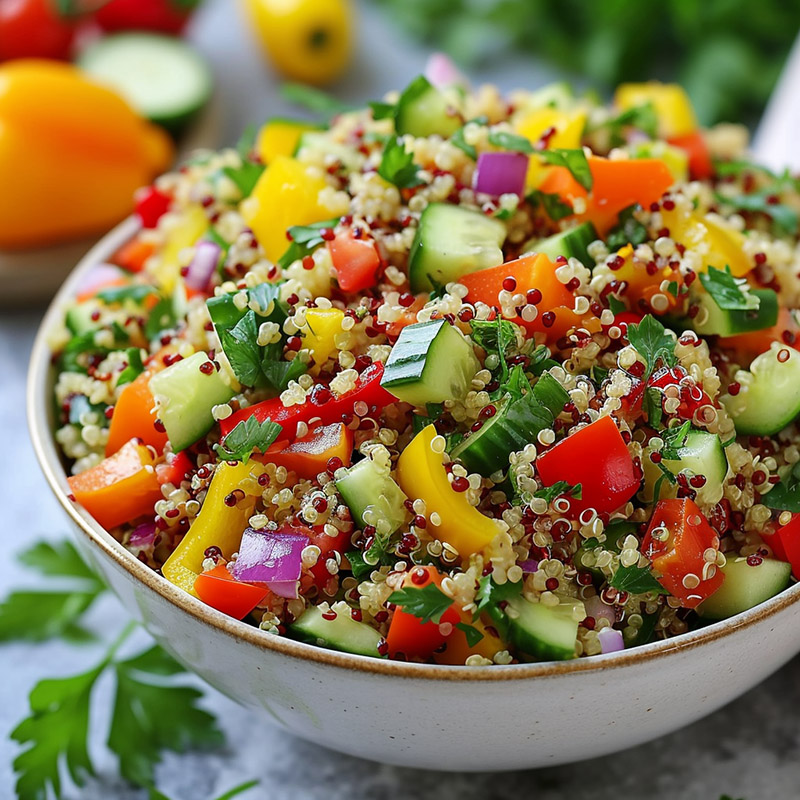
Quinoa, a grain crop known for its edible seeds, has surged in global popularity over recent years, gaining recognition as a superfood. This rise in prominence is not just a contemporary phenomenon but a revival of ancient culinary traditions. Quinoa originally hails from the Andean region of Southwestern America, where it has been cultivated for thousands of years. It was a staple food for the Inca civilization, often referred to as the "mother of all grains" and revered as sacred.
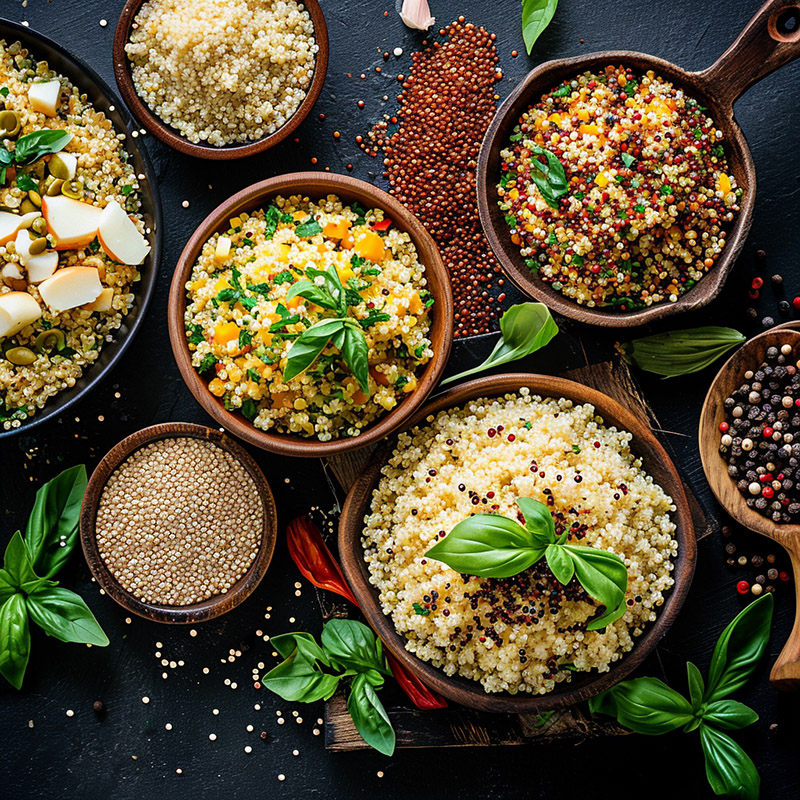
The uniqueness of quinoa lies in its nutritional profile. Unlike most plant-based foods, quinoa is a complete protein, containing all nine essential amino acids. This aspect makes it an exceptional choice in vegetarian and vegan diets. Quinoa is also rich in fiber, vitamins, and minerals, including B-vitamins, magnesium, iron, potassium, calcium, phosphorus, and vitamin E. Its low glycemic index makes it a beneficial option for blood sugar management.
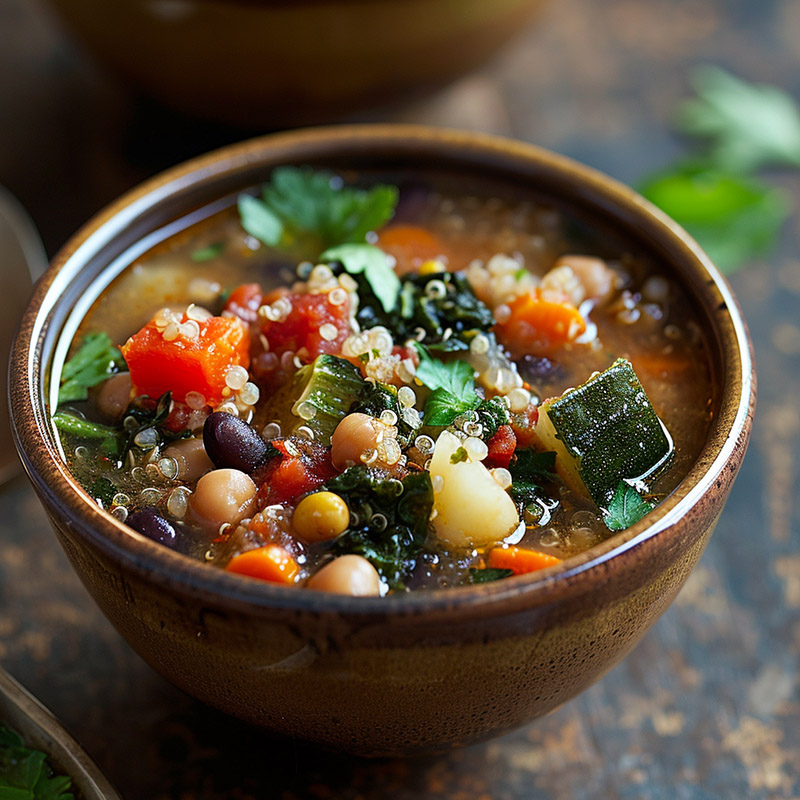
Quinoa's versatility in the kitchen is another reason for its widespread appeal. It can be used in a variety of culinary applications, from breakfast dishes like porridge and pancakes to salads, soups, and stews. Quinoa is naturally gluten-free, making it a fantastic alternative for those with gluten intolerances or celiac disease. It also serves as a healthier substitute for rice or pasta.
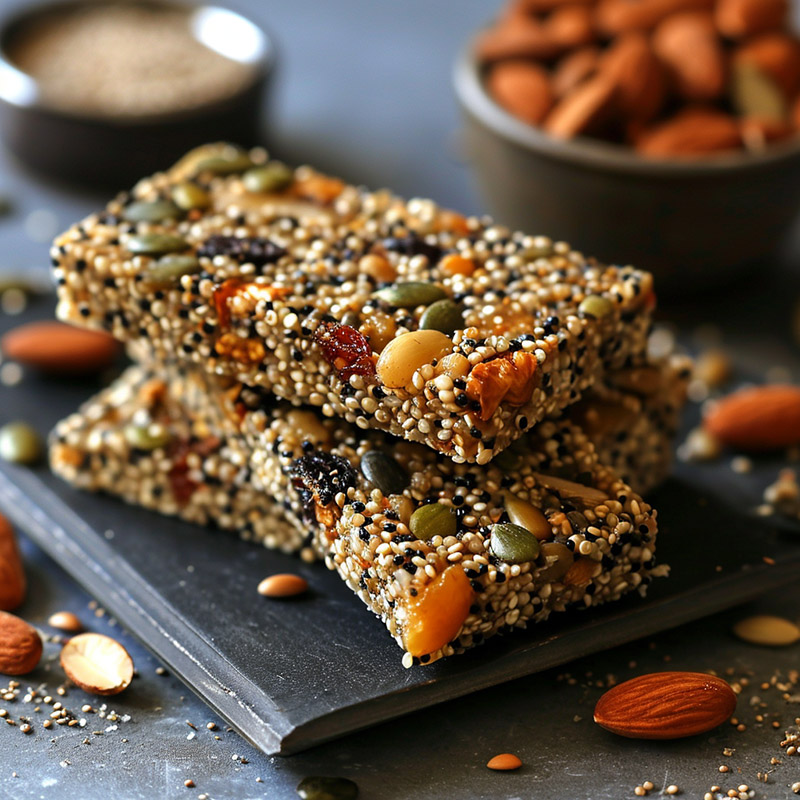
Culinary use of quinoa goes beyond its seeds. The leaves of the quinoa plant are also edible and can be used similarly to spinach or Swiss chard. Although not as commonly available as the seeds, these leaves are nutritious and add diversity to the consumption of quinoa. In regions where quinoa is grown, the leaves are a regular part of the diet.
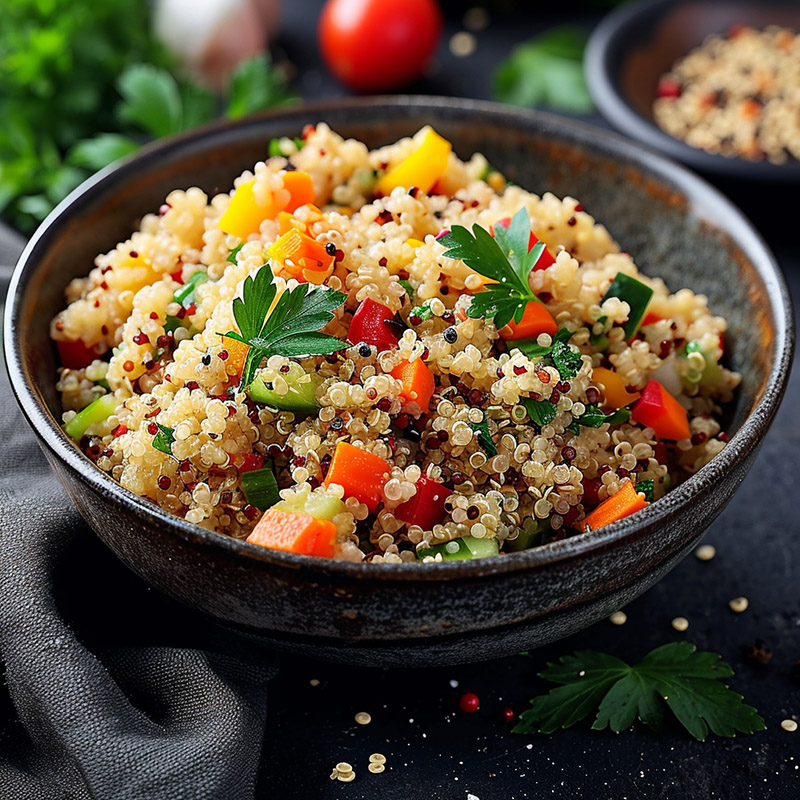
One of the most striking aspects of quinoa is its adaptability to different growing conditions. It's a resilient crop that can thrive in a variety of climates, tolerating poor soil, high altitudes, and drought conditions. This resilience makes quinoa a potential crop for ensuring food security in areas facing challenging growing conditions.
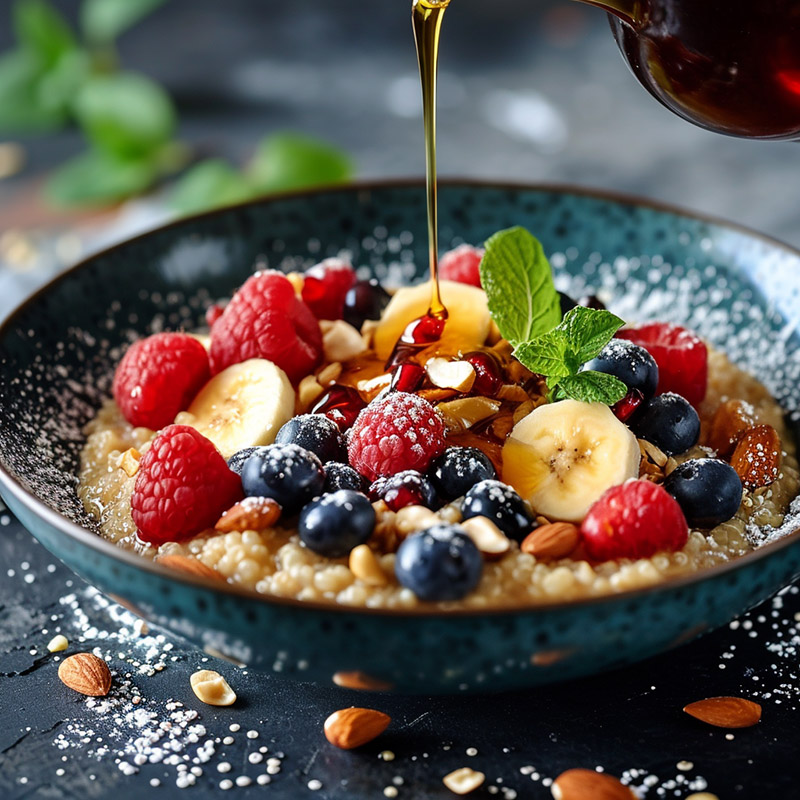
Quinoa's impact extends to the realm of sustainability as well. Its cultivation is considered environmentally friendly. The plant has a natural resistance to pests, reducing the need for chemical pesticides. Additionally, quinoa's deep rooting system makes it efficient at absorbing water and nutrients, helping to preserve soil health.
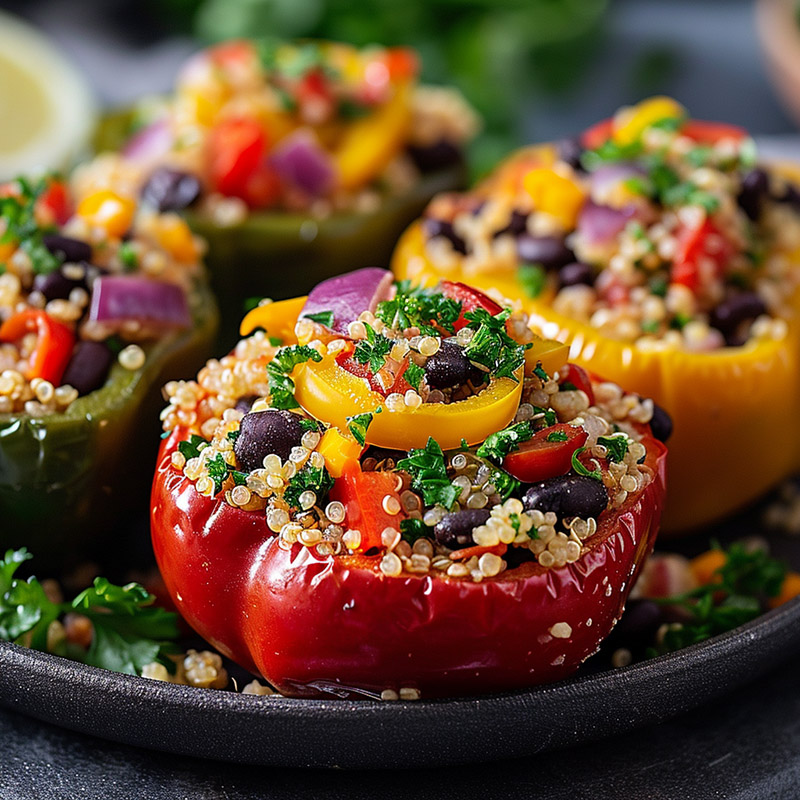
However, the rising popularity of quinoa on the global stage has not been without challenges, especially for the traditional growers in the Andean region. Increased demand has led to higher prices, which, while beneficial for farmers, has made quinoa less accessible for local consumers who have relied on it as a staple food.
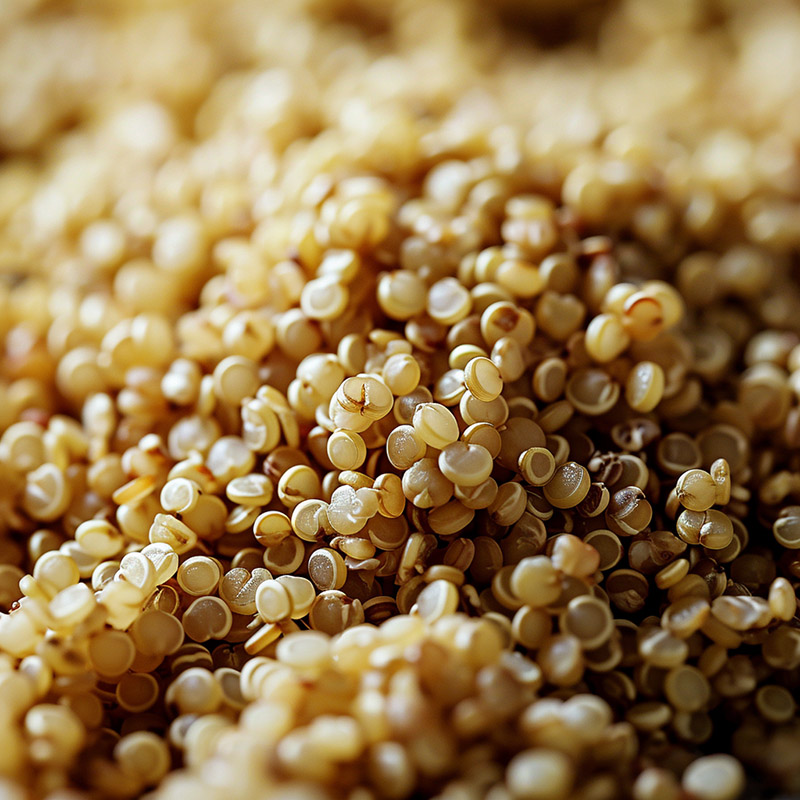
Balancing the economic benefits with local accessibility and cultural significance remains a crucial aspect of the quinoa narrative.
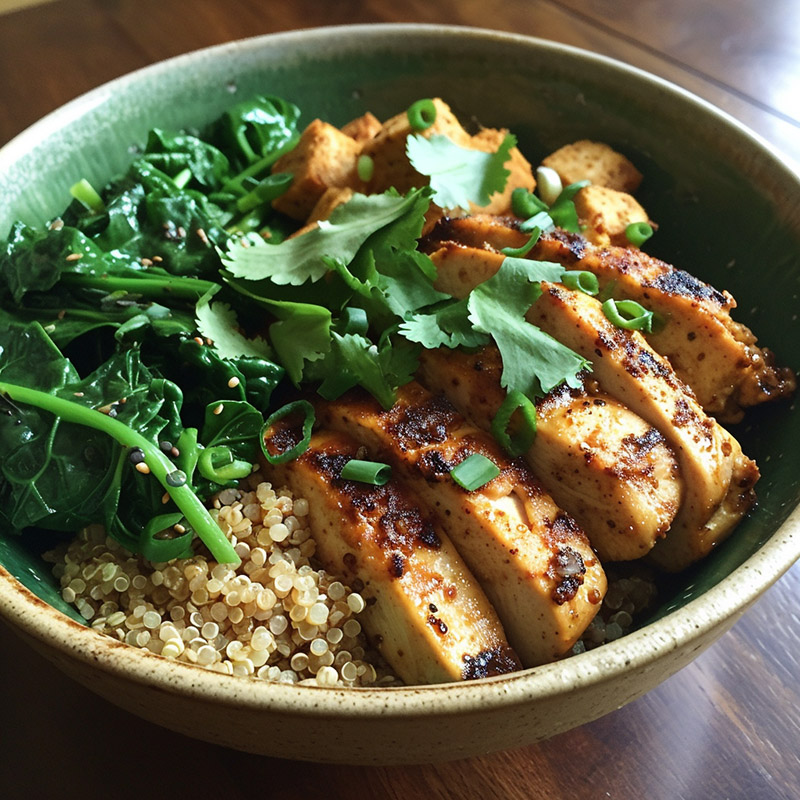
Quinoa's journey from an ancient staple to a modern superfood highlights a broader story of nutrition, versatility, and sustainability. As the world continues to embrace this grain, it’s essential to acknowledge its deep-rooted cultural heritage and ensure that its benefits are shared equitably across global and local communities. Quinoa's story is a testament to the power of traditional foods in shaping contemporary eating habits and the potential of resilient crops in addressing future food security.
